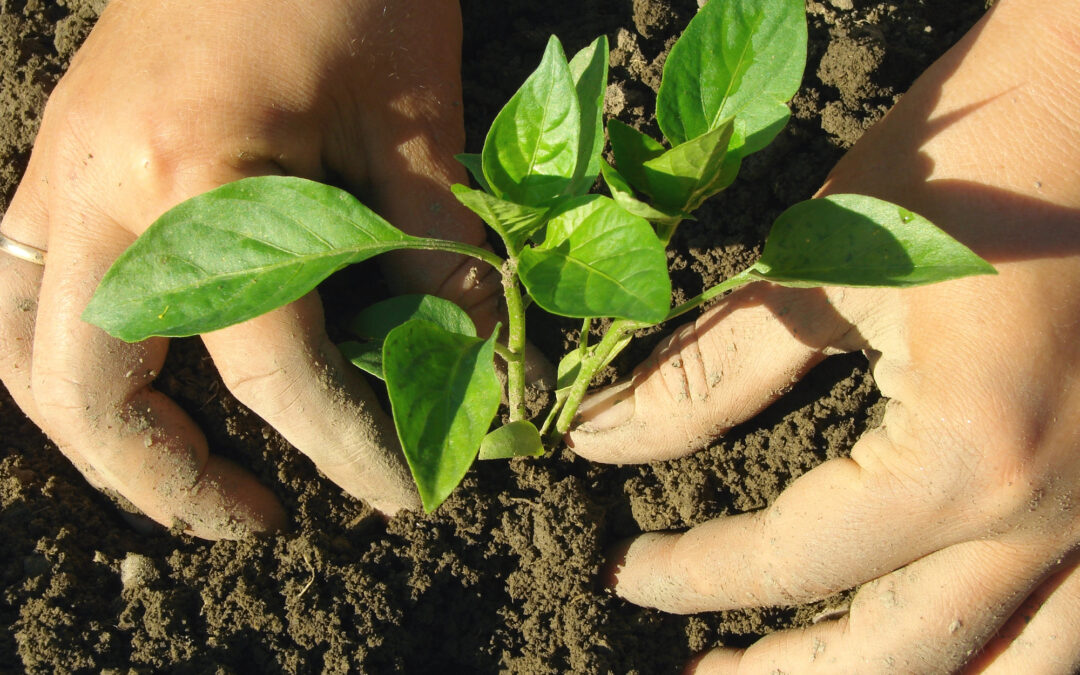When, Where and What to Plant for the Best Harvest
There are few things that will put a smile on your face than vegetables fresh out of your garden. It’s never too early to start planning for a bumper crop, but it’s almost never too late, either. Let’s look at the basic steps for preparing your 2024 vegetable garden, as well as what and when you should plant to ensure the best produce.
The Important Steps to a Robust Harvest
The slogan “location, location, location” applies to more than real estate. It’s an essential component of a productive garden. Look for a place where you’ll get plenty of sunshine throughout the day—8 hours of direct sunlight at a minimum. You also want a location with good drainage and healthy soil, though there are things you can do to address those issues.
Once you’ve decided where to plant, take the time to draw up a diagram. The placement of plants in your garden can make all the difference between a successful venture and a meagre output. Lay out your garden in this order:
- Start with the least hardy plants—Some plants, such as peppers and tomatoes, can be particularly sensitive to frost or cold temperatures. Place them where they’ll get the most sunshine and will ideally be protected from cool breezes coming through the garden.
- Put tall plants at the back of the garden, so that they don’t block the sun from shorter plants for most of the day. The same rule applies to climbing plants, such as beans.
- Know your shade-loving vegetables—Not all vegetables thrive with lots of hot sun. Most salad greens, as well as onions, radishes, beets and broccoli, all do well with some shade during the day.
- Plant horizontally growing plants along the edges of the garden—Squash, melons, and similar vegetables thrive better along the outside of the garden, as they won’t choke out the more stable plants in the rest of the garden.
- Plant flowers near the garden—This can help accomplish a number of objectives. First, you’ll attract pollinators, helping ensure you get fruit on your plants. The right flowers, though, can also lure many types of pest insects away from your vegetables. In addition, you’ll add some color to the garden, a delight for your eyes.
- Make certain your compost and water are close by—Leave some room near the garden for a compost pile. If you don’t have automatic sprinklers, make certain there’s a hose adjacent to the garden.


